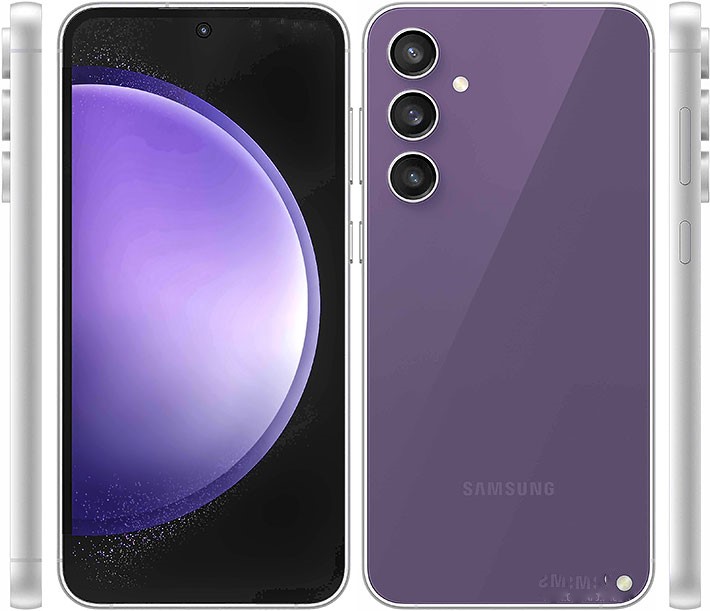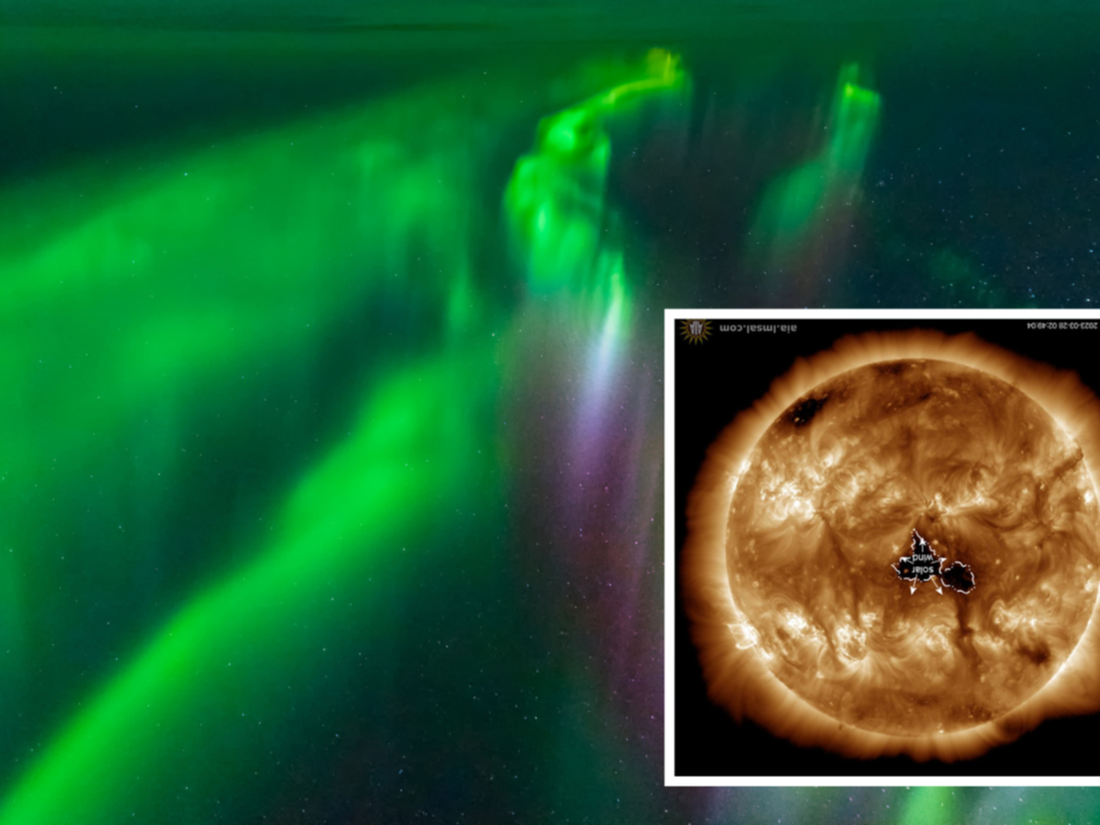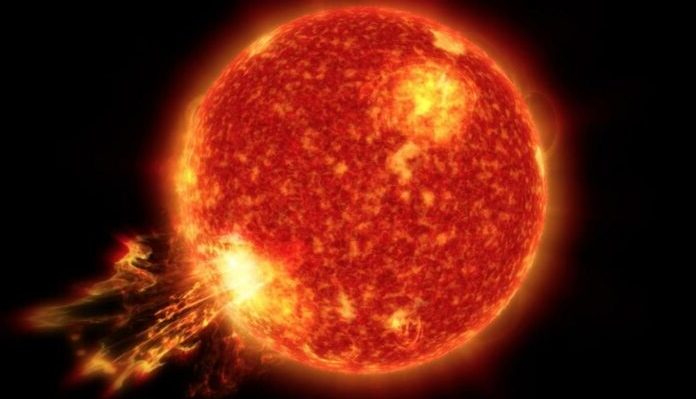Oppo Reno11 Series Unveiling The eagerly anticipated Reno11 series from Oppo is poised to make its long-awaited debut, with the Read More
“Unleashing the Powerhouse: Samsung Galaxy S23 FE – A Comprehensive Overview 📶 NETWORK: 🚀 LAUNCH: 📱 BODY: 📺 DISPLAY: 🧠 Read More
A Decade Unveiled: Isabel Machado’s Artistic Evolution in The Last Bath (2020), Lura (2013), and The Tree (2018) Isabel Machado Read More
A health scare has been set off in Western Australia as a returning tourist from Bali, who remains unnamed, tested Read More
15-best-online-business-ideas-for-2023 Are you eager to become part of the thriving online workforce, pursue your dream career, or perhaps embrace the Read More
Lucas Coly is a multi-talented musician and Instagram star from France, known for his unique style and distinctive features. Learn more about his journey to fame, his family, and his musical endeavors in this article.
Meditation is a popular practice that has been around for centuries. It is known for its ability to promote relaxation, improve focus, and reduce stress levels. However, what many people don’t realize is that meditation can also be a powerful tool for improving mental health. In this article, we’ll explore five ways meditation can benefit your mental health and provide tips for starting a daily meditation practice. By reducing stress and anxiety, improving depression symptoms, boosting emotional well-being, and promoting relaxation, meditation can help us to lead a more peaceful and fulfilling life.
A giant hole 20 times larger than the Earth has ripped through the Sun, unleashing 1.8 million mile-per-hour solar winds towards our planet that could potentially disrupt communication channels on Friday. The gaping ‘coronal hole’ is the second to appear in one week, after the first hole was spotted on March 23. Solar activity such as this can have various impacts on the Earth, including causing auroras and disrupting power grids and satellite communications. Experts continue to study the relationship between solar activity and the Earth’s atmosphere.
Solar storms and their associated effects, collectively known as space weather, can have a range of impacts on the Earth. Some of the most notable impacts include:
Geomagnetic storms: When a CME interacts with the Earth’s magnetic field, it can create a disturbance known as a geomagnetic storm. These storms can cause fluctuations in the Earth’s magnetic field, which can in turn induce electric currents in power grids, pipelines, and other infrastructure. This can lead to power outages, disruptions to communication systems, and other issues.
Radiation exposure: Solar storms can release high levels of radiation, including energetic particles and X-rays. This can pose a risk to astronauts in space, as well as to people in high-altitude aircraft.
Auroras: When charged particles from a solar storm interact with the Earth’s atmosphere, they can create colorful displays of light known as auroras. While these are a beautiful spectacle, they can also interfere with communication systems and other infrastructure.
Satellite disruptions: Solar storms can disrupt the operation of satellites, including GPS and communication satellites. This can lead to interruptions in services such as navigation, television, and internet.
Overall, while solar storms are a natural phenomenon, they can have significant impacts on our modern technology and infrastructure. As a result, it is important to monitor and understand space weather in order to minimize its potential impact.
Eid al-Fitr is a joyous and meaningful celebration in the Islamic faith, marking the end of the holy month of Ramadan. It is a time for Muslims to come together with family and friends, exchange gifts, and give thanks for their blessings. Through prayer, charity, and festive customs and traditions, Eid al-Fitr embodies the core values of faith, family, and community.









